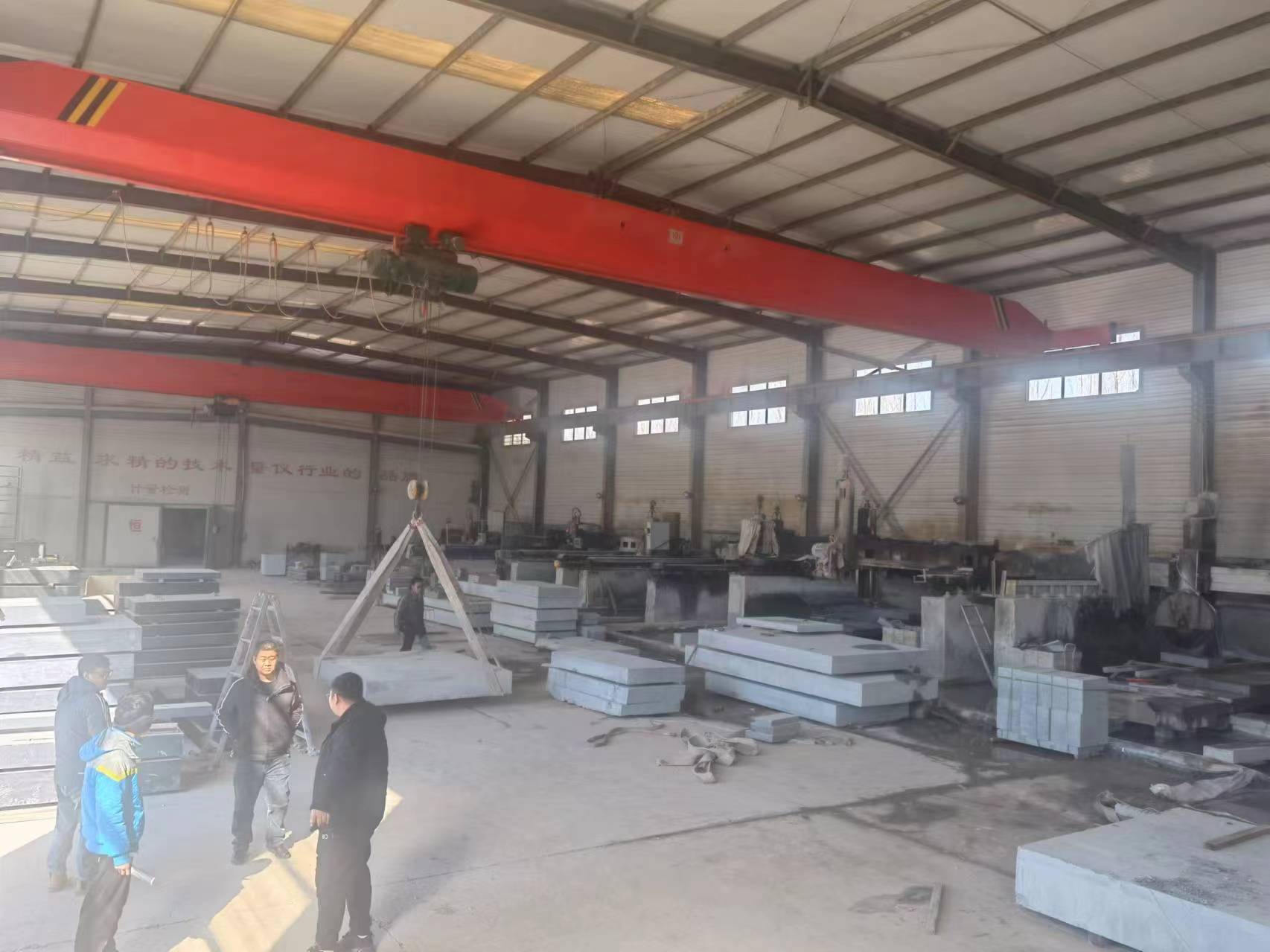Oct . 06, 2024 11:05 Back to list
different types of check valves
Different Types of Check Valves Understanding Their Functions and Applications
Check valves, also known as non-return valves, are essential components in various piping systems, facilitating the controlled flow of liquids or gases in one direction while preventing reverse flow. These devices play a critical role in ensuring the efficiency and safety of numerous industrial, commercial, and residential applications. Understanding the different types of check valves and their specific uses can help in selecting the most suitable one for a particular system.
1. Swing Check Valves
Swing check valves are one of the most common types, featuring a disc that swings on a hinge. When fluid flows in the intended direction, the disc allows passage, but when there is any backflow, the disc swings shut under the influence of gravity or back pressure. These valves are generally used in larger pipe systems where pressure differentials are significant, such as in water or wastewater treatment facilities.
Lift check valves operate similarly to swing check valves but have a more linear motion. The disc rises from its seat when fluid flows in the correct direction, and it falls back to seat when the flow reverses. Lift check valves are particularly effective in applications with higher velocity fluids, making them suitable for steam, air, or oil systems. They are typically designed for vertical piping systems.
3. Tilting Disc Check Valves
different types of check valves

Tilting disc check valves are a variation that utilizes a disc that pivots on a pin. Unlike swing check valves, which swing on a hinge, the tilting disc provides a more stable closing response, reducing the risk of water hammer (a pressure surge caused when a fluid in motion is forced to stop or change direction suddenly). This type of valve is ideal for high-flow applications and can help mitigate potential damage to the pipeline.
4. Ball Check Valves
Ball check valves utilize a ball that rests in the valve seat. When fluid flows in the forward direction, the ball is pushed off its seat and allows flow. If backflow occurs, the ball is forced back onto its seat, sealing off any reverse flow. These valves are compact and suited for applications with limited space, commonly found in oil and gas pipelines.
5. Double Disc Check Valves
For higher flow capacities and lower pressure drops, double disc check valves are used. Featuring two discs that open in tandem, these valves are particularly advantageous in systems requiring a larger flow area without significant pressure loss. Their unique design minimizes turbulence and friction, making them an excellent choice for various fluid applications.
Conclusion
Selecting the right type of check valve is crucial for the efficiency and reliability of a system. Each type possesses unique characteristics that make it suitable for specific applications, from swing and lift to tilting disc, ball, and double disc check valves. Understanding these differences helps engineers and technicians design better systems, ensuring fluid flows as intended while preventing detrimental backflow.
-
Why Metric Trapezoidal Thread is Ideal for Precision Motion ControlNewsAug.05,2025
-
The Unique Properties of a Block of Granite for Industrial UseNewsAug.05,2025
-
The Role of Flanged Y Strainers in Preventing Pipeline ClogsNewsAug.05,2025
-
The Importance of Regular Calibration for Master Ring GagesNewsAug.05,2025
-
How a Cast Iron Surface Table Enhances Accuracy in ManufacturingNewsAug.05,2025
-
Comparing Different Check Valve Types for Optimal Flow ControlNewsAug.05,2025
Related PRODUCTS









